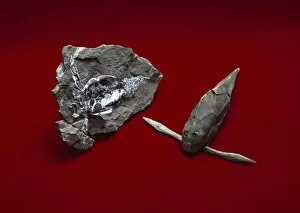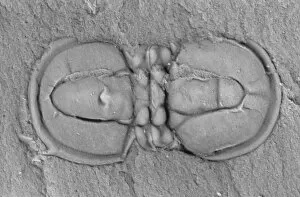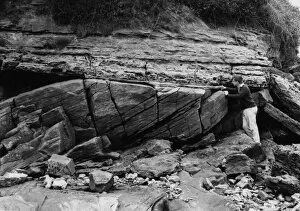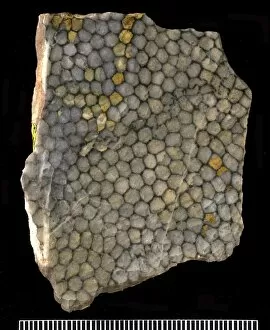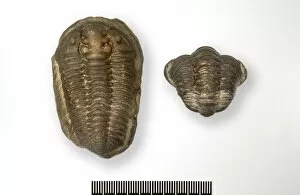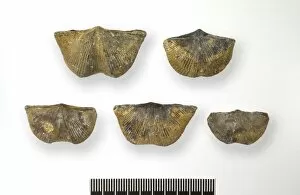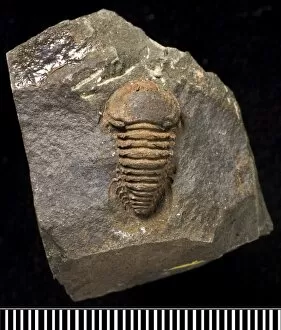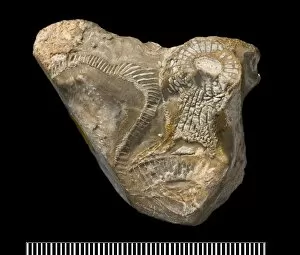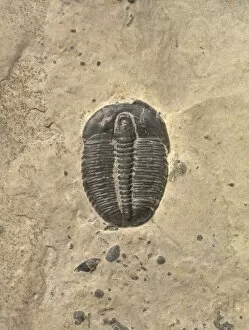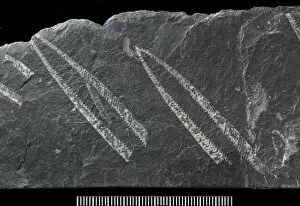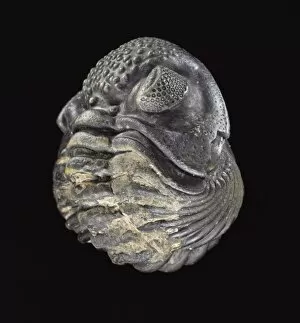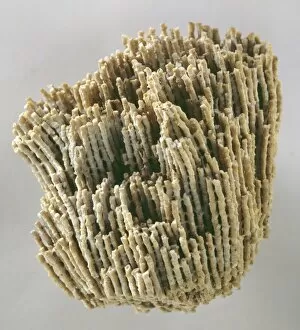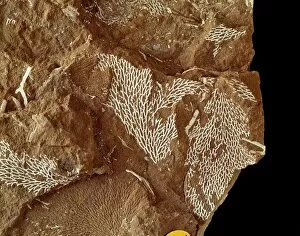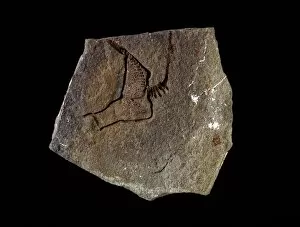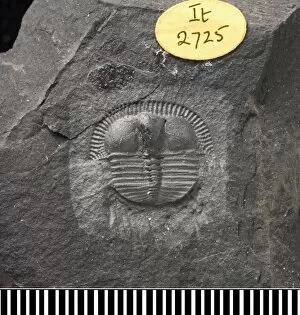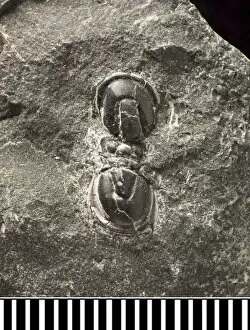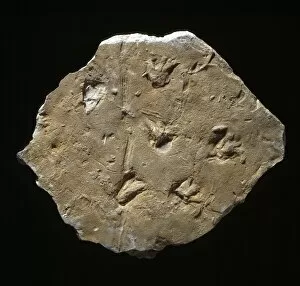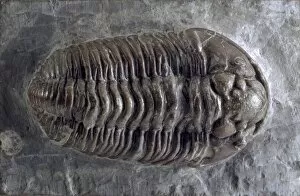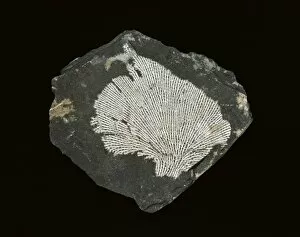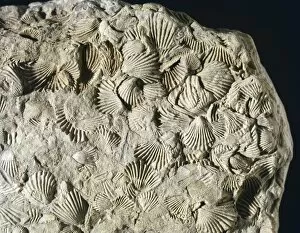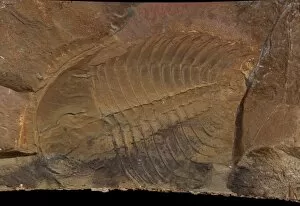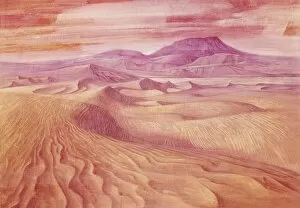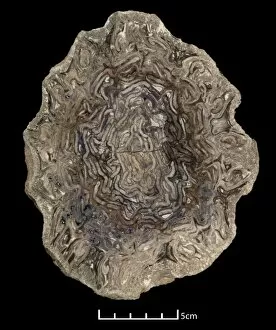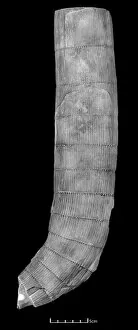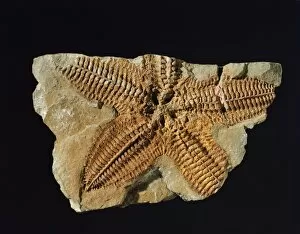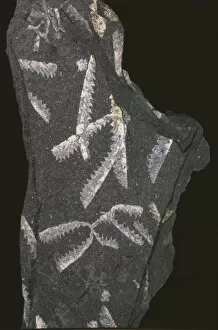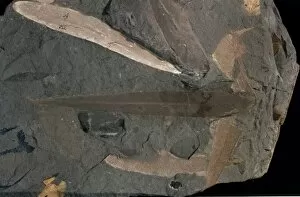Paleozoic Collection (page 3)
Step back in time and explore the fascinating world of the Paleozoic era. Fossils from this ancient period offer a glimpse into life millions of years ago
For sale as Licensed Images
Choose your image, Select your licence and Download the media
Step back in time and explore the fascinating world of the Paleozoic era. Fossils from this ancient period offer a glimpse into life millions of years ago. Marvel at the intricate details preserved in a trilobite fossil, showcasing the incredible diversity of these extinct arthropods. Discover Archaeopteris hibernica, a fossil plant that once thrived during this era, providing valuable insights into Earth's early forests. Transport yourself to a coal forest diorama, where lush vegetation dominated the landscape. Admire St. Cuthberts Beads, an exquisite rosary made from crinoid columnals—a testament to human creativity even in prehistoric times. Unearth Calymene blumenbachii brongniart, another remarkable trilobite species that roamed ancient seas. Explore Cooksonia pertoni, a beautifully preserved fossilized plant that sheds light on early land-dwelling organisms. Immerse yourself in a Permian landscape and witness its unique beauty and biodiversity. Encounter Eurypterus, an impressive eurypterid fossil whose elongated body hints at its aquatic lifestyle. Delve deeper into the Paleozoic era with Phacops—a stunning trilobite specimen boasting intricate exoskeletal patterns. Meet Dalmanites, yet another captivating trilobite species that once inhabited primordial oceans. Finally, marvel at Asaphus (Neoasaphus) kowalewskii—an extraordinary stalk-eyed trilobite displaying nature's ingenuity through its distinctive eyes. The Paleozoic era holds countless wonders waiting to be discovered—fascinating fossils revealing secrets about our planet's past and offering glimpses into ancient ecosystems like never before imagined.







